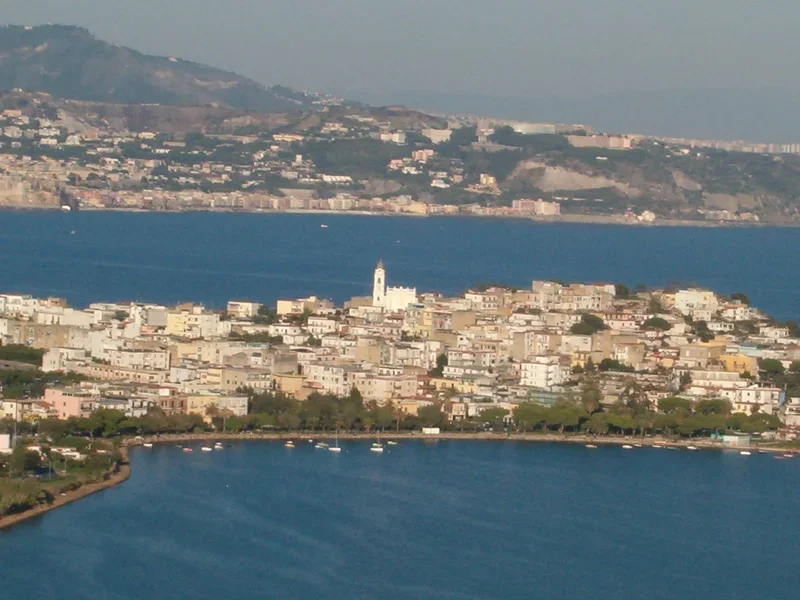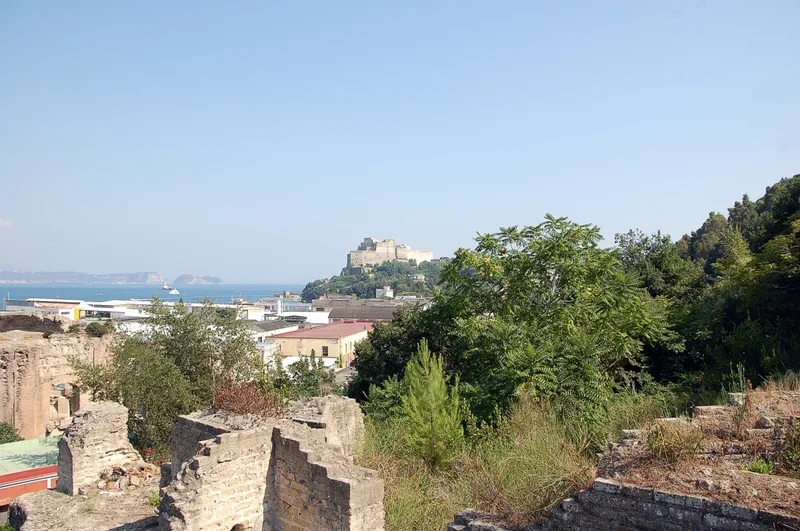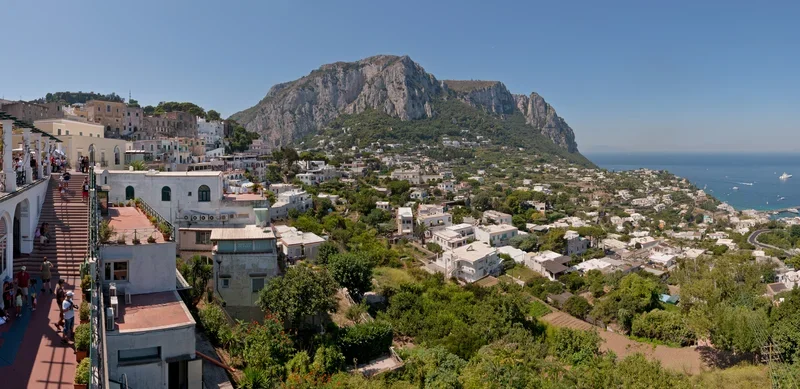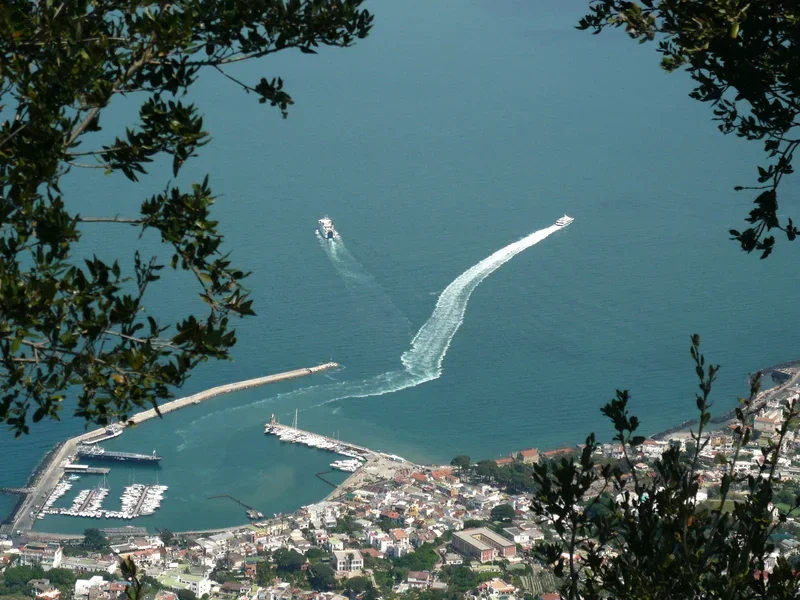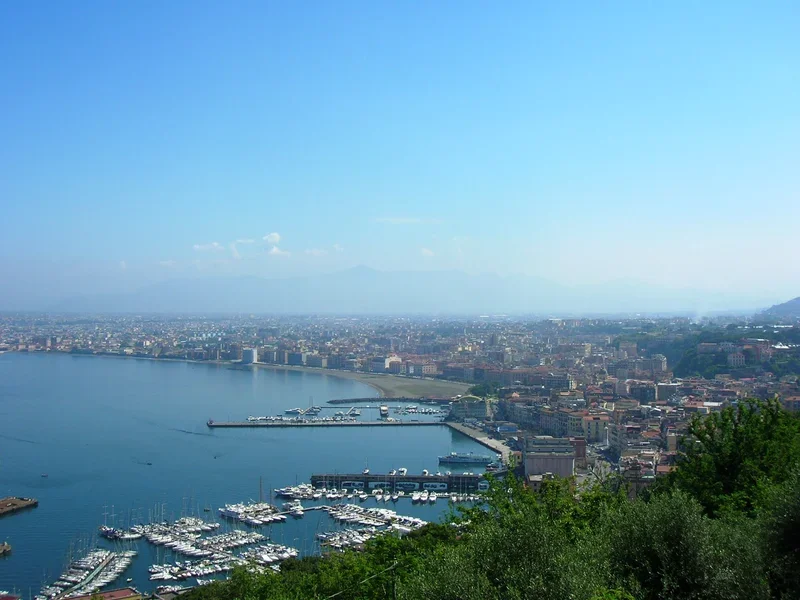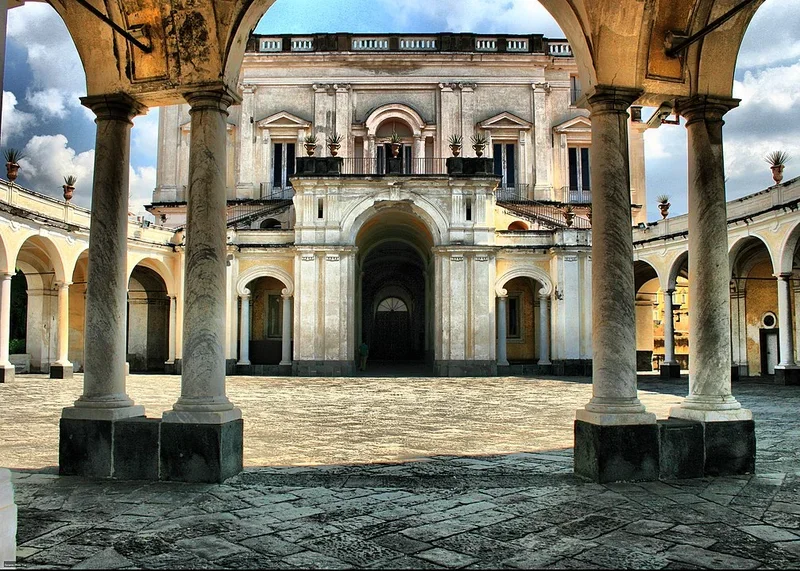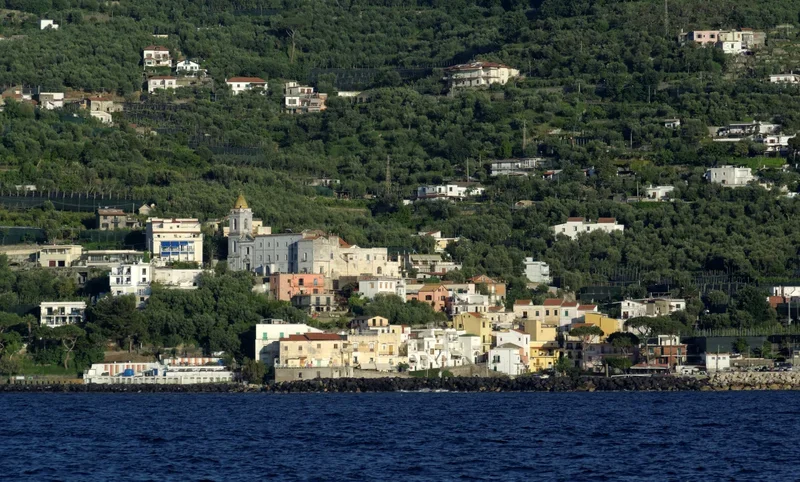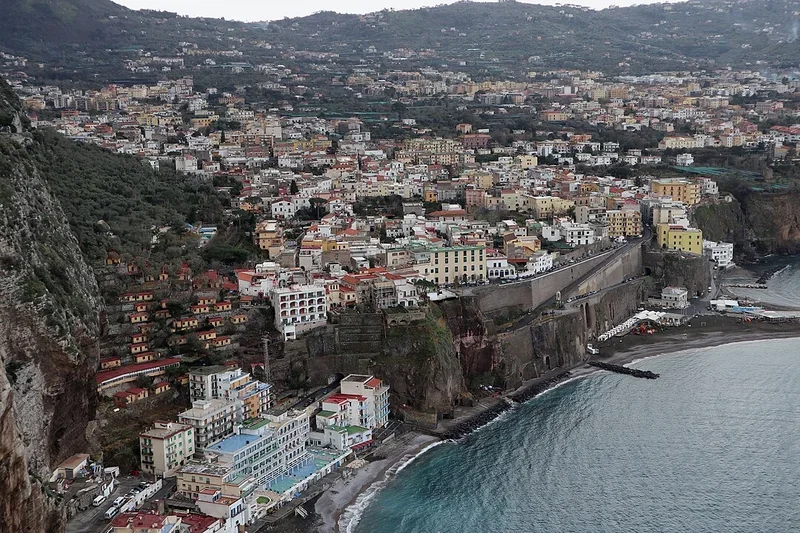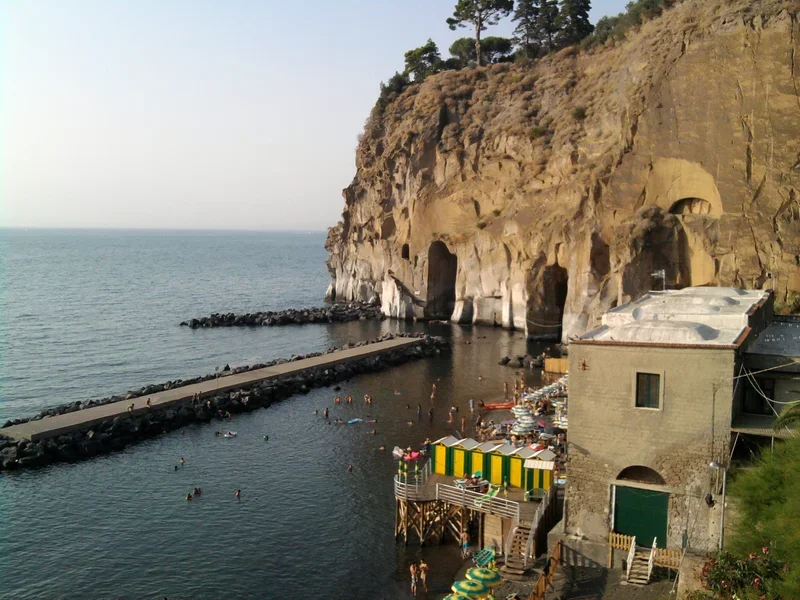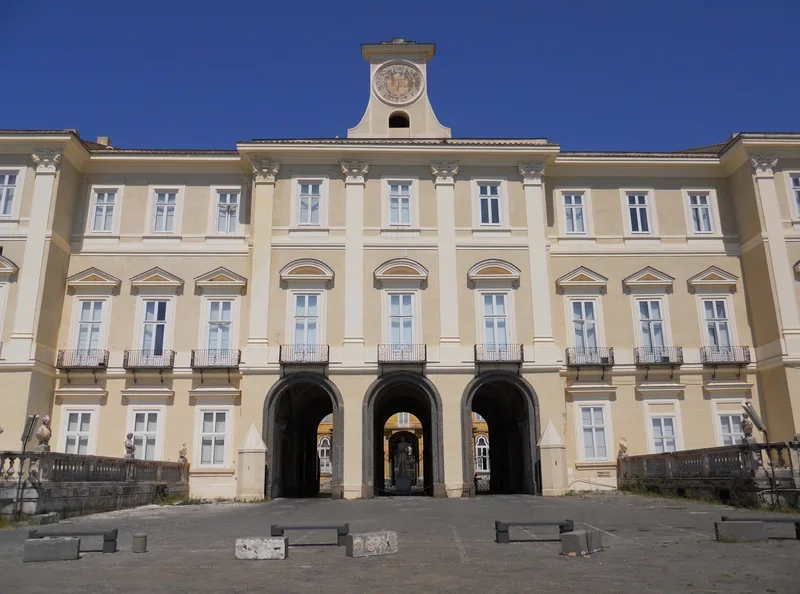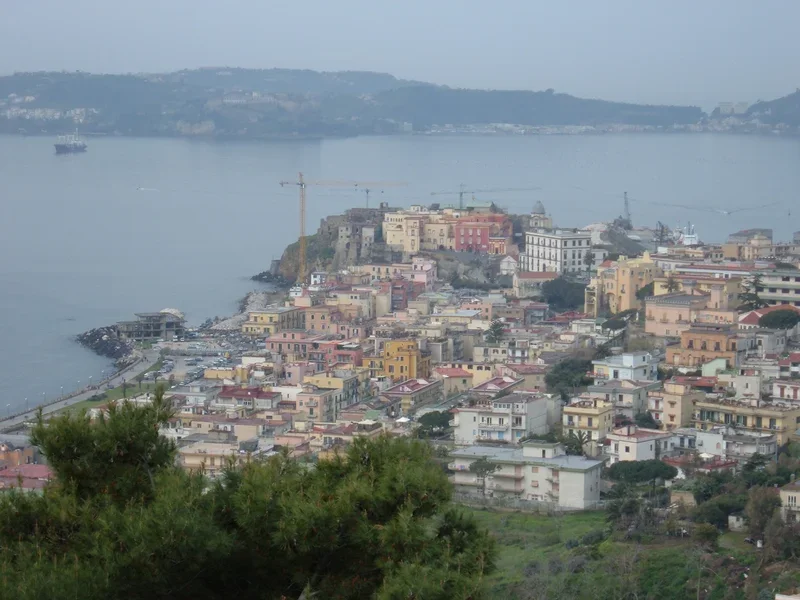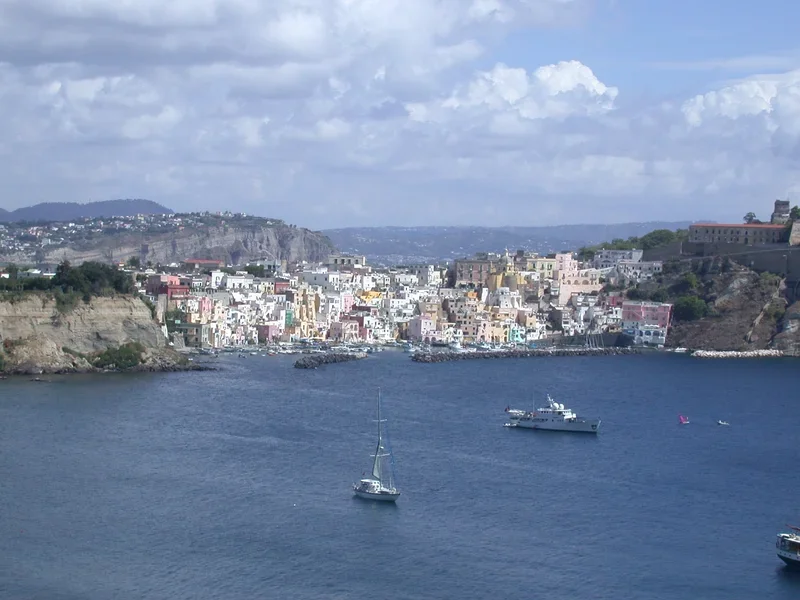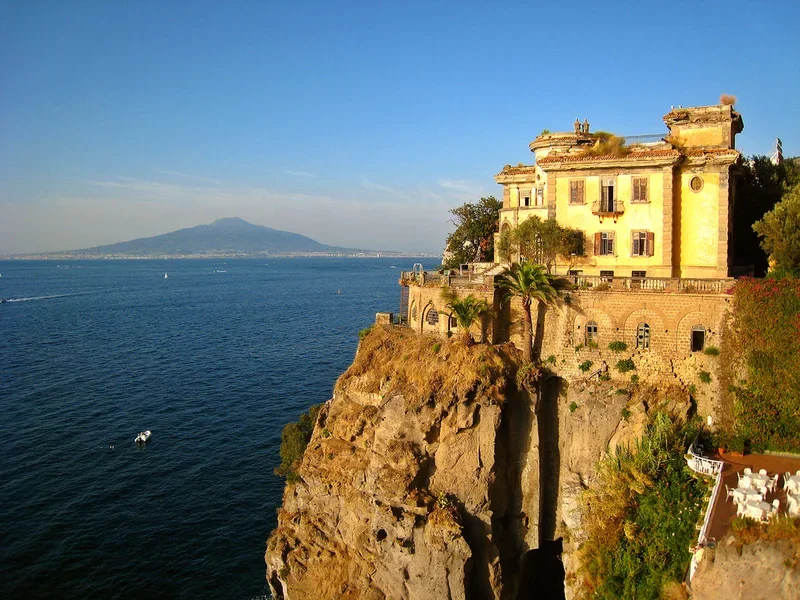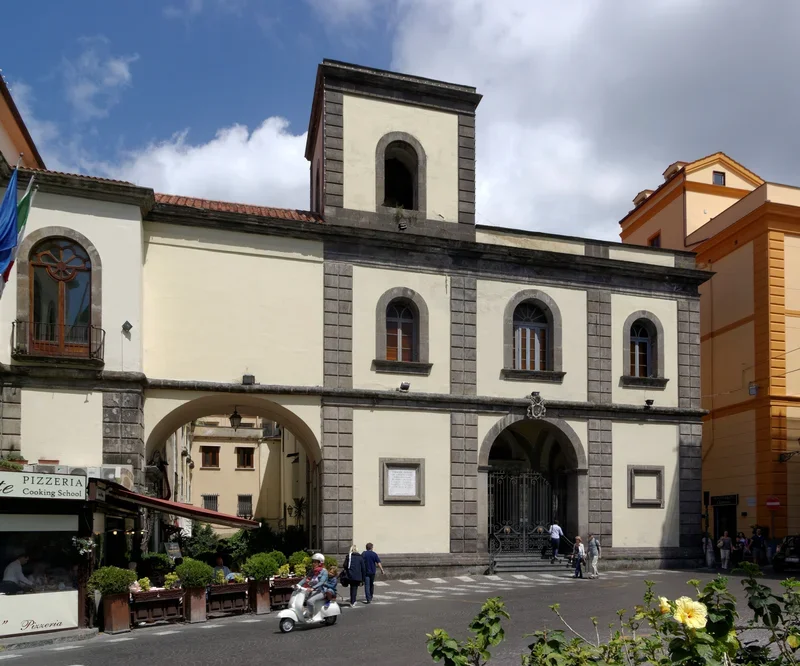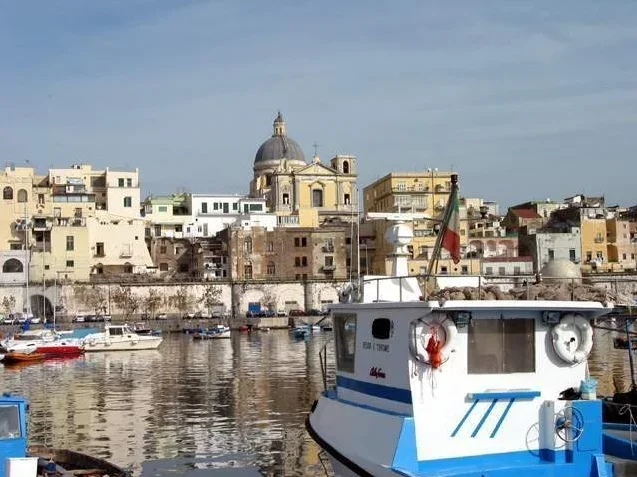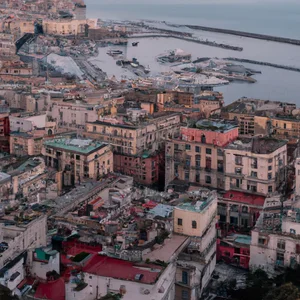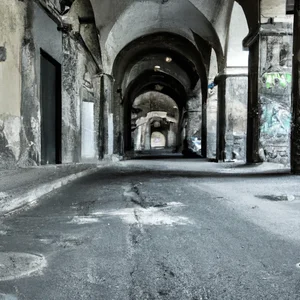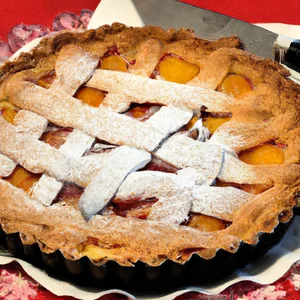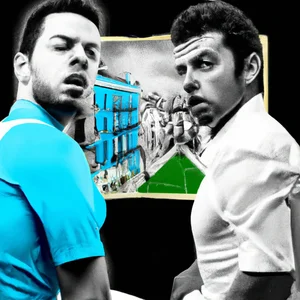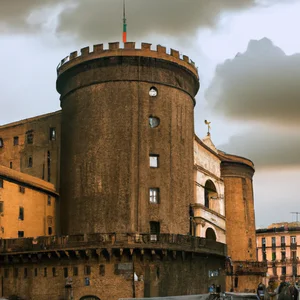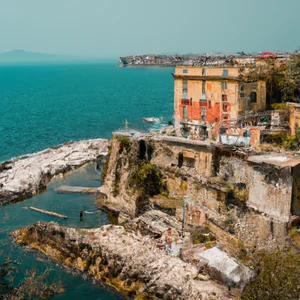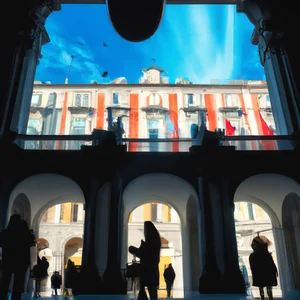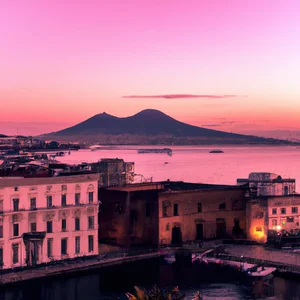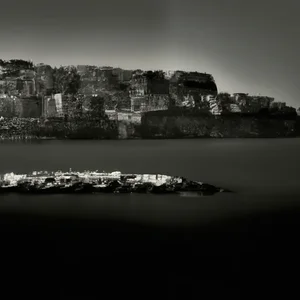Book your experience
Discover the magic of the Neapolitan Nativity Scene: history, religion and tradition in Naples
Naples, a city rich in history and culture, transforms into an enchanting stage during the Christmas period, thanks to a tradition that has its roots deep in its identity: the Neapolitan Nativity Scene. This art form, which combines religion, folklore and creativity, tells not only the birth of Jesus, but also the daily life and traditions of a people who have always found in faith and art a way to express their soul . In this article, we aim to explore the magic of the Neapolitan Nativity Scene through ten key points that highlight its richness and complexity.
From the historical origins that date back to the 13th century, up to the artistic evolution that has seen the nativity scene transformed into a true work of art, every aspect of this tradition deserves to be explored in depth. We will discover the profound link between religion and art, analyzing how traditional characters, each with their own symbolism, enrich the narrative of the nativity scene. We will focus on the materials and manufacturing techniques, which reflect the mastery of Neapolitan artisans, and we will take a look at the famous Via San Gregorio Armeno, the beating heart of this tradition.
In addition, we will explore how the Neapolitan Nativity scene finds its way into the homes of Neapolitans and how dedicated events and exhibitions celebrate this unique art form. Finally, we will analyze the influence of the nativity scene in contemporary art and provide useful advice for visiting Naples during the Christmas period, to experience firsthand the magic of a tradition that continues to enchant generations. A journey through history, religion and tradition, which will lead you to discover a fascinating and authentic aspect of Neapolitan culture.
Historical origins of the Neapolitan Nativity Scene
The origins of the Neapolitan Nativity scene date back to the 13th century, when Saint Francis of Assisi created the first living nativity scene in Greccio in 1223. This representation of the Nativity was a great success and quickly spread throughout Italy, including Naples. The first Neapolitan nativity scenes were made with hand-painted wooden statues and set in elaborate settings.
As the centuries passed, the Neapolitan Nativity Scene evolved, becoming increasingly complex and detailed. In the 18th century, thanks to the contribution of artists such as Giuseppe Sanmartino and Giuseppe Sammartino, the nativity scene reached its maximum artistic splendor. The figures became increasingly realistic and rich in detail, while the sets were enriched with architectural and landscape elements.
The tradition of the Neapolitan Nativity Scene is closely linked to religion, as it represents the birth of Jesus according to the Christian faith. Every character and every detail of the nativity scene has a symbolic meaning linked to the story of the Nativity and the spirituality of the faithful.
The traditional characters of the Neapolitan Nativity scene include the Holy Family, the Three Kings, shepherds, angels, animals and popular Neapolitan figures such as the washerwoman and the fishmonger. Each character has a specific role in the narrative of the Nativity and represents an aspect of daily life at the time.
To create the Neapolitan Nativity Scene, materials such as terracotta, wood, fabric and papier-mâché are used. The figures are modeled by hand by Neapolitan master craftsmen, who use traditional techniques handed down from generation to generation.
Artistic evolution over the centuries
The Neapolitan Nativity Scene is an artistic tradition that has deep roots in the history of the city of Naples.
The first evidence of nativity scenes dates back to the 13th century, when Saint Francis of Assisi created the first living nativity scene in Greccio, Umbria. Since then, the tradition has spread throughout Italy, but it is in Naples that the Nativity scene has taken on a particularly rich and complex form.
Over the centuries, the Neapolitan Nativity Scene has undergone a notable artistic evolution, going from simple sacred representations to true works of art. In the 16th century, the first terracotta figurines began to be made by local artists, and in the 17th century the Neapolitan Nativity Scene became increasingly elaborate, with the addition of details and characters representing the daily life of the time.
In the 18th century, the Neapolitan Nativity scene reached its peak splendor, thanks to the contribution of artists such as Giuseppe Sanmartino and Salvatore di Franco, who created statuettes of extraordinary beauty and realism. The Nativity scenes became increasingly complex, with the addition of architectural and landscape elements that made the representations even more evocative.
Today, the Neapolitan Nativity Scene is considered a masterpiece of craftsmanship and popular art, and is exhibited throughout the world during the Christmas period. The figurines are made with great care and attention to detail, using materials such as terracotta, wood, fabric and papier-mâché, and the manufacturing techniques are handed down from generation to generation.
The role of religion in the Neapolitan Nativity Scene
The Neapolitan Nativity Scene has deep roots in the religious tradition of the city of Naples and its population. The representation of the Nativity of Jesus, through the setting up of the Nativity Scene, is one of the most important moments of the celebration of Christmas for the Neapolitans.
The Catholic religion has always played a central role in the life of the city and the Neapolitan Nativity scene represents a way to celebrate and honor the birth of Jesus Christ. Every element of the Nativity scene, from the characters to the scenography, is rich in religious symbolism and contributes to creating an atmosphere of devotion and spirituality.
The traditions linked to the Nativity scene have been handed down from generation to generation and are still very much alive in Naples today. During the Christmas period, Neapolitan families set up their Nativity scene at home, dedicating time and attention to detail to pay homage to the sacredness of the moment of the Nativity.
The Neapolitan Nativity Scene is also an important catechetical tool, through which evangelical stories and religious teachings are passed down to the little ones. Each character in the Nativity scene has its own meaning and importance in the story of the Nativity, which is represented with great realism and emotional participation.
Religion continues to play a fundamental role in the life of Neapolitans and in the maintenance of traditions linked to the Neapolitan Nativity Scene, which remains one of the most characteristic and beloved elements of the culture and identity of the city of Naples.
Traditional characters and their symbolism
The characters of the Neapolitan Nativity Scene are rich in symbolism and tradition, each with a specific meaning that dates back to the origins of the tradition.
One of the most iconic characters of the Neapolitan Nativity scene is certainly the Wise King, symbol of wealth and power. The Three Wise Men bring precious gifts to the baby Jesus, representing generosity and devotion. Other important characters are the Angels, who symbolize divine protection and spirituality.
The Shepherd represents humility and simplicity, while the Shepherdess is a symbol of purity and innocence. The figure of the Farmer, often present in the Neapolitan Nativity Scene, represents work and daily fatigue.
Another significant character is the Merchant, symbol of trade and economy. Finally, the figure of the Devil cannot be missing from the Neapolitan Nativity Scene, which represents evil and temptation from which one must protect oneself.
The choice of characters and their positioning in the Nativity scene are carefully studied to create harmony and symbolic balance. Every detail has a precise meaning and helps to convey the message of humility, devotion and hope that characterizes the Neapolitan Nativity Scene.
Materials and production techniques
The Neapolitan Nativity Scene is an art that requires great mastery and skill on the part of the artisans who create it. The materials used to create the figurines are mainly wood, terracotta, paper mache and fabric. Each figurine is hand-modelled by master craftsmen, who are able to create incredible details that make each character unique and special.
Wood
Wood is one of the most used materials for the creation of Neapolitan Nativity scene figurines. Artisans sculpt every detail with precision, creating characters with expressive and detailed faces. The wood is then hand painted with bright colors which give the figurines a realistic and lively look.
Terracotta
Terracotta is another widely used material for the creation of Neapolitan Nativity scene figurines. Artisans model each character by hand, working the terracotta with care and precision to create realistic details. The terracotta figurines are then hand painted with vibrant colors which give them a traditional and authentic look.
Paper mache and cloth
Paper mache and fabric are used to make the costumes and accessories of the Neapolitan Nativity scene figurines. The artisans create detailed clothes and decorative accessories, which give the figurines an elegant and refined look. The fabrics used are of high quality and are worked with care to create realistic and well-finished clothes.
Via San Gregorio Armeno: the heart of the nativity scene
Origins and characteristics
Via San Gregorio Armeno, located in the heart of the historic center of Naples, is known throughout the world as the street of nativity scenes. Here, for centuries, local artisans have been creating and selling the famous figurines of the Neapolitan Nativity Scene, keeping alive an ancient and precious tradition for Neapolitan culture.
Atmosphere and tradition
Walking along Via San Gregorio Armeno during the Christmas period means immersing yourself in a magical atmosphere, with decorated and illuminated shops, stalls displaying small sacred statues and visitors wandering curiously among the artisanal works of art. Here you can find every type of character and object to complete your nativity scene, from the Three Wise Men to washerwomen, from stables to merchants.
The tradition of nativity scenes in Naples is so deep-rooted that many Neapolitan families spend entire days looking for the perfect figurines for their nativity scene, creating a deep bond with this ancient art.
Tips for visiting
If you want to visit Via San Gregorio Armeno during the Christmas period, I recommend you do it in the morning or on weekdays to avoid the crowds of visitors. Make sure you dedicate enough time to the visit, to be able to calmly admire the works of the artisans and perhaps buy some statuettes to take home as souvenirs.
Don't miss the opportunity to taste typical Neapolitan Christmas desserts, such as zeppole, struffoli and pastiere, to complete the sensorial experience of a visit to Via San Gregorio Armeno.
The Neapolitan Nativity scene in homes Neapolitan
Tradition and devotion
The Neapolitan Nativity Scene is a tradition deeply rooted in Neapolitan homes during the Christmas period. Each family undertakes to create their own nativity scene, which becomes a symbol of devotion and spirituality. Neapolitan families dedicate many hours to the preparation and care of their nativity scene, which is set up with great attention to detail.
Characteristic elements
Neapolitan nativity scenes in homes are often composed of a great variety of characters and scenes, which go beyond the traditional representation of the nativity. In addition to Mary, Joseph and the baby Jesus, it is common to find characters such as the Three Wise Men, shepherds, angels, farmers and numerous animals. Each character has a symbolic meaning and represents a moment in the daily life of the time.
In Neapolitan nativity scenes there are also typical elements of Neapolitan culture, such as the living nativity scene, with costumed figures that animate the nativity scenes. This makes the Neapolitan nativity scene a unique and particularly appreciated work of art.
Magical atmosphere
Visiting Neapolitan homes during the Christmas period means immersing yourself in a magical and evocative atmosphere, thanks to the presence of nativity scenes that decorate every corner of the homes. Neapolitan families open the doors of their homes to proudly display their nativity scene and share the beauty of this ancient tradition with others.
The Neapolitan Nativity Scene in Neapolitan homes is a unique experience that allows you to discover the profound devotion and great love for art and tradition that characterize the Neapolitan people.
Events and exhibitions dedicated to the nativity scene
Events
During the Christmas period, Naples comes alive with numerous events dedicated to the Neapolitan Nativity Scene. Among the most famous is the traditional "Spaccanapoli", a Christmas market that takes place along the streets of the historic centre, where it is possible to purchase figurines, decorations and everything needed to create a complete nativity scene. Furthermore, numerous cultural and musical events are organized in the city's churches and museums to celebrate this ancient tradition.
Exhibitions
The exhibitions dedicated to the Neapolitan Nativity Scene are a unique opportunity to admire the works of the master nativity artists and discover the history and tradition of this art form. Among the most important exhibitions is the Nativity Scene Exhibition at the National Museum of San Martino, which displays a vast collection of nativity figurines and scenography. Furthermore, every year thematic and retrospective exhibitions are organized in various exhibition spaces of the city, which allow visitors to completely immerse themselves in the Neapolitan Christmas atmosphere.
Influence of the Neapolitan Nativity Scene in contemporary art
The Neapolitan Nativity Scene has had a significant impact on contemporary art, influencing numerous artists and artistic movements.
The tradition of the Neapolitan Nativity Scene has deep roots in Neapolitan culture and art, and this is also reflected in contemporary art. Numerous contemporary artists have drawn inspiration from the Neapolitan nativity scene, incorporating elements of its iconography and symbolism into their works.
The influence of the Neapolitan Nativity scene in contemporary art manifests itself in different forms. Some artists reinterpret the traditional characters of the nativity scene in a modern way, creating works that mix tradition and innovation. Other artists are inspired by the craftsmanship and richness of the details typical of the Neapolitan Nativity scene to create works that reflect the beauty and complexity of the Neapolitan artistic tradition.
Furthermore, the Neapolitan Nativity Scene has also influenced contemporary artistic movements, such as magical realism and neo-surrealism, which blend fantastic and realistic elements to create works with a strong emotional and visual impact. Contemporary art has therefore contributed to keeping the tradition of the Neapolitan Nativity scene alive, reinventing it in a modern key and making it accessible to a wider and more diverse audience.


